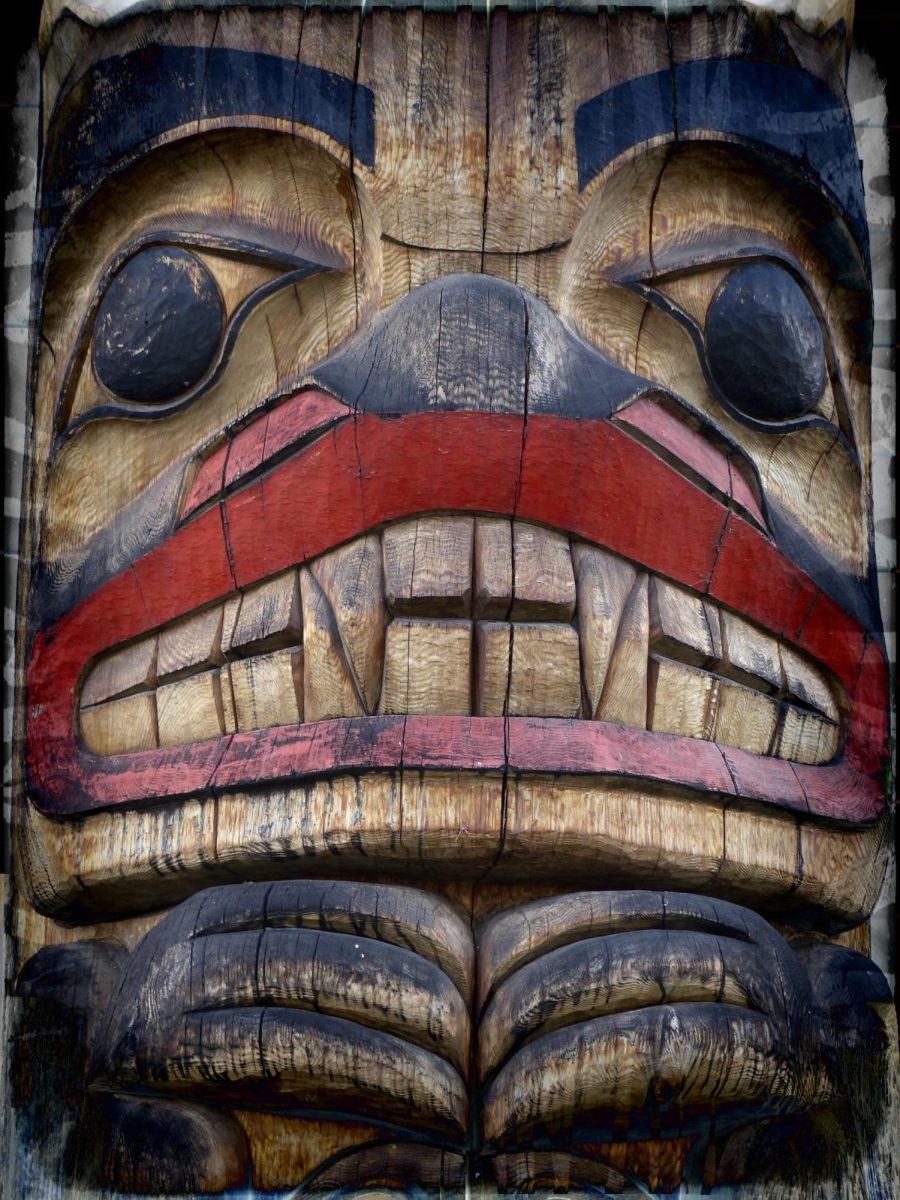Human rights are the undeniable liberties that should be granted towards every person. These rights have been listed in the United Nations’ Universal Declaration of Human Rights, which includes equality, freedom from slavery, the right to education and work, and the right to a fair and public trial. All people should have equal opportunities in life and should be able to feel supported by the declaration and its 30 articles. 192 countries have signed the Declaration of Human Rights, which should mean that everyone is given the rights that they deserve. However, this is not the case, and the rights of many groups are often violated. One group of people in particular are Indigenous Canadians, who endure discrimination in several aspects of their lives. In recent years, this inequality has been brought to the attention of the Canadian government, who put an action plan into motion. However, there are still many steps to be taken towards reconciling the Native people of Canada with the rest of the nation, and there are ways for everyone, even students, to help.
The statistics of discrimination against Indigenous Canadians speak for themselves. The most common ways that Indigenous people are treated differently are through the criminal justice system and through violence. There are three Indigenous groups: First Nations, Inuit, and Métis. First Nations are originally from southeastern Canada, and Inuit originate from the northwest. Métis are a mixed ethnicity group of Indigenous and European descent. According to the Canadian Department of Justice, between the three groups, Indigenous people make up a total of about 4% of the population of Canada. Despite this low population, the same demographic makes up almost a third of all people taken into custody. 30% of incarcerated adults were Indigenous between 2016 and 2017, a statistic that is significantly disproportionate to the general population (Gorelick).
Women are especially targeted as members of the Indigenous community, whether in the criminal justice system or in their homes. Indigenous women make up only 4% of the total female population of Canada, but account for 40% of women in the prison system. This statistic is even higher than the overall data was for both genders. Indigenous people often grow up in communities plagued by poverty, alcoholism, abuse, sexual assault, and mental health issues. Growing up in these conditions are difficult for people, and they often turn to law-breaking, especially those that are homeless (“Understanding First Nations, Inuit and Métis Women and Girls’ Experiences with the Criminal Justice System”). This leads to higher rates of incarceration. The unfortunate circumstances that most Indigenous people face are the results of colonization and the historic discrimination against them.
Women also face physical abuse because of their race. Domestic abuse is one of the most common forms of abuse and accounts for 45% of all reported cases. Indigenous women are also three and half times more likely to suffer from domestic abuse than non-Indigenous women (“Understanding Indigenous Women and Girls’ Experiences with Victimization and Violence”). This is usually because of the generational impacts of alcoholism and abuse in families. No matter the reason for the abuse, there is no excuse. People of any gender or race should feel safe in their own homes, and Indigenous women are stripped of this right too often.
Those are the facts. If any of those statistics alarmed you or caught you off guard, there are several things that you can do about the issue. The most important and the easiest way to help Indigenous communities is to spread the information. Write an article for a local newspaper, post on social media, or even tell your friends and family about what’s going on. If you feel like you want to take more direct action, there are several organizations that are affiliated with supporting Indigenous people. The National Women’s Association of Canada is an Indigenous oriented group who’s website supplies books, newsletters, and journals that inform readers of the discrimination against Indigenous women. Inuit Tapiriit Kanatami is a non-profit organization that works to advocate about Inuit rights and desires. This organization provides news articles and allows the public to stay informed about current Inuit issues. The ITK accepts donations to improve quality of life for Inuit people. Donations to the ITK go towards food, education, and health services, all of which the Inuit community traditionally struggle with. These are simply two of the many organizations that help to change the situation in Canada. There are so many options, with charities that specifically focus on different communities, including young people or the LGBTQ community. Whichever group you are most passionate about helping, there are specific organizations to help everyone.
Celebrities or politicians also may not be aware of the situation. The Canadian government has an action plan in place to begin reconciling Indigenous and non-Indigenous people, but still not many people know about the discrimination. Since people usually view Canada as a peaceful and equality-focused country, the injustice reflected in the statistics may come as a shock. This is why spreading information about the subject is so important. Even if there is nothing more you can do than tell a friend about what you have learned from this article, that will be enough. The more people that are aware of the situation, the more likely it is that the information will land in the right hands, and justice will be brought to Indigenous communities.
Works Cited
Gorelick, Melissa. “Discrimination of Aboriginals on Native Lands in Canada | United Nations.” the United Nations, https://www.un.org/en/chronicle/article/discrimination-aboriginals-native-lands-canada. Accessed 5 January 2024.
“Understanding First Nations, Inuit and Métis Women and Girls’ Experiences with the Criminal Justice System – State of the Criminal Justice System Dashboard.” Department of Justice, https://www.justice.gc.ca/socjs-esjp/en/women-femmes/wg-ff. Accessed 5 January 2024.
“Understanding Indigenous Women and Girls’ Experiences with Victimization and Violence – State of the Criminal Justice System Dashboard.” Department of Justice, 13 April 2023, https://www.justice.gc.ca/socjs-esjp/en/women-femmes/wgv-ffv?msclkid=f2812794c2b911ec8c4da4c0864a2b1f. Accessed 5 January 2024.

